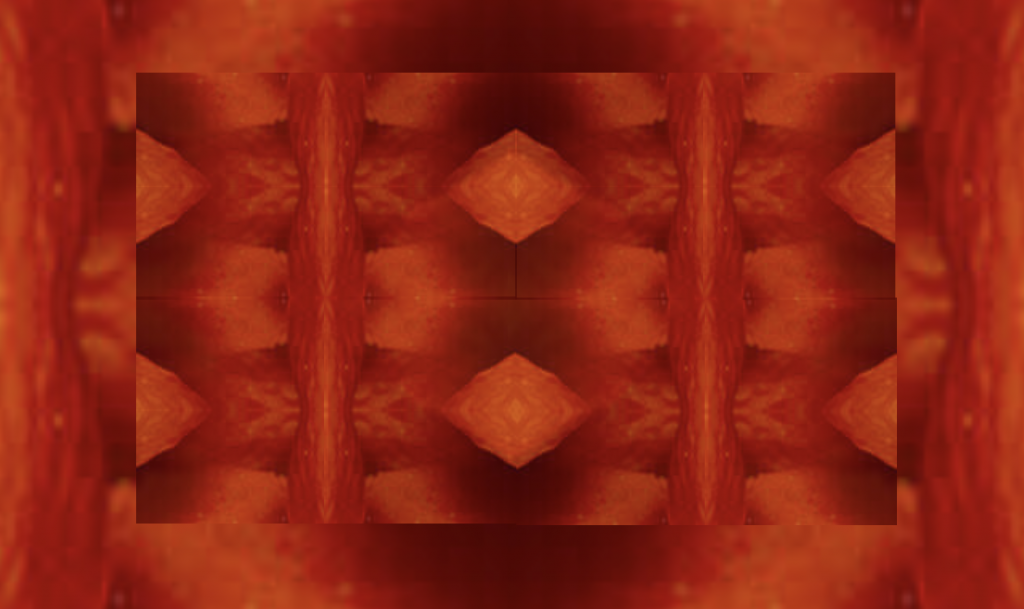When a person becomes infatuated, their soul is dominated by the phantasm that represents the loved one; the phantasm cannibalizes the entire psyche of the subject (all their perceptions, memories, and so on), to the extent that their whole thinking and feeling appears to be about the phantasm.
[…] the soul of the lover becomes the mirror in which the image of the loved one is reflected.
Ioan P. Couliano, Eros and Magic in the Renaissance, 31.
In such a case, the unconscious image (the phantasm) acquires an astonishing power and autonomy. Conversely, the infatuated person is so much in the grip of the image that they lose their autonomy. If this goes far enough, the subject may cease to be a subject and become an object, whereas the object (the loved one), or at least the image representing them (the phantasm) are no longer an object but the actual subject of what happens. This peculiar role reversal is what Couliano calls the “complicated dialectic of love, in which the object is changed into the subject ousting the subject” (ibd.).
The phantasm that monopolizes the soul is the image of an object. Now, since man is soul, and since soul is totally occupied by a phantasm, the phantasm is henceforth the soul. It follows that the subject, bereft of his soul, is no longer subject: the phantasmic vampire has devoured it internally. But it also follows that the subject has now grafted itself onto the phantasm which is the image of the other, of the beloved. Metaphorically, therefore, it can be said that the subject has been changed into the object of his love.
Ibd.
This kind of situation is frequently alluded to in the archetypal tellings of romantic love, where it is said of a lover that they have “become their beloved”.

1. Again, this is metaphorical talk. The subject is a person, and that person does not actually transform into another person (neither physically nor psychologically). The metaphorical language covers this up.
But the metaphor occludes something else, too: the subject does not change (metaphorically) into the object. The subject changes into their image of the object. The result of the transformation is mostly a difference in what dominates the psyche: it is no longer the conscious ego, but rather an unconscious image (of the beloved).
In Jungian terminology, this would be the anima archetype (if the subject is a man), or the animus archetype (if the subject is a woman), respectively. That the anima/animus appears, to the subject, as the beloved person is just a projection.
Couliano himself repeatedly brings the parallel between his reading of Ficino and Jungian psychology to our attention. Jung, he says, “[envisages] the relationship between the sexes in terms of the conscious domination of one of them compensated by a subjection of the same at the level of the unconscious” (32). Applied to a male subject, this would mean that the subject, being a man, generally dominates the female portion of his psyche (consciously); and when he falls in love, this very portion (i.e., the anima) dominates the psyche in return, by means of the vampirism we’ve already laid out, yet originating in the unconscious. The net result is a kind of narcissistic self love: “changed into ‘B’, ‘A’ loves himself, and vice versa. Heterosexual relationships are fundamentally a form of narcissism, Ficino believes” (ibd.).
This conclusion, however, is doubtful — or at least it is when we understand the dialectic in Jungian terms, for there the archetypal forces (i.e., the anima and animus) are precisely not elements of the subject’s personal psyche. They are patterns which are shared by all subjects, elements of the collective unconscious. When they manifest in a particular subject’s psyche, they may form out of that subject’s personal psychology, but they are still autonomous and shared. Given an infatuated couple, there’s not two different forces at play which take over in the respective individual psyches: there is just one, which shapes both psyches, assuming individual forms when becoming conscious in both persons, but identical in the underlying collective layer. To interpret this as self-love (i.e., narcissism) overlooks the fact that the dominant forces here are not contained in either individual ‘self’.



